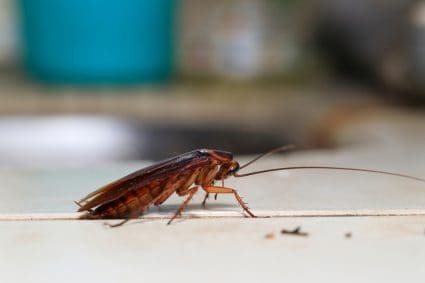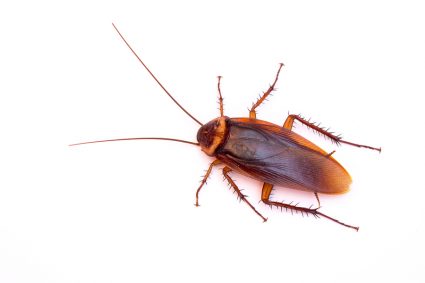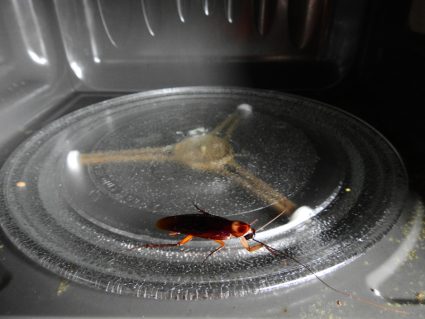
Your refrigerator is home to all your favorite snacks and drinks, but it could also hide a creepy guest you don’t want in your kitchen – cockroaches! These flat and creepy crawlers are one of the most common home pests. Some of them can take flight, while others stick to crawling.
And don’t be fooled, just because you can’t see them fly, they all have wings. Cockroaches can lurk in your trash, kitchen sink, the crevices of your tiles, and even your walls.
But why is your refrigerator such a prime spot for a cockroach takeover? The combination of humidity from your fridge’s fan and motor and the bits of food that inevitably drop to the floor makes it the perfect place for these pests to set up camp.
And let’s not forget about the unmistakable stench that comes with a cockroach infestation. The smell of roaches, especially when they die, is just plain unpleasant. Plus, they can carry diseases such as typhoid, dysentery, cholera, diarrhea, and fever, seriously threatening your health.
With these concerns, it’s understandable that you’d want to figure out how to get the roach smell out of your refrigerator.
There are three primary reasons why these creepy crawlies smell the way they do.
Firstly, they secrete pheromones, which communicate to attract mates and gather other roaches to a desirable nesting spot.
Secondly, roaches’ feces are a source of their stink. They leave droppings wherever they go, and the excrement contains not just pheromones but also has the potential to grow mold in their preferred dark and moist habitats.
Finally, when a roach reaches its final days, it emits a putrid “death stench.” The decaying body and discarded molting skins release oleic acid, adding to the unpleasant aroma. In short, roaches are not just creepy but also quite smelly!
These simple steps will guide you on how to get the roach smell out of your refrigerator:
- Do a visual inspection.
- Find cockroach nests.
- Disinfect and clean the area.
Say goodbye to unsightly and disease-carrying cockroaches. Instead, keep your home pest-free by removing them immediately.
An unpleasant cockroach smell in your refrigerator could be upsetting and irritate you. In addition, the odor could permeate the house, and cockroach germs on your meals could make you sick.
5 Ways To Get Rid of Cockroach From the Refrigerator
The refrigerator, though meant for all kinds of foods and beverages, can also contain something you wouldn’t want to find in your home: cockroaches! Unfortunately, the refrigerator is an ideal environment for cockroaches because of the humidity around the motor and fans and the food particles that fall to the floor.
Here’s what you should do to get rid of this nasty odor.
1. Do a Visual Inspection
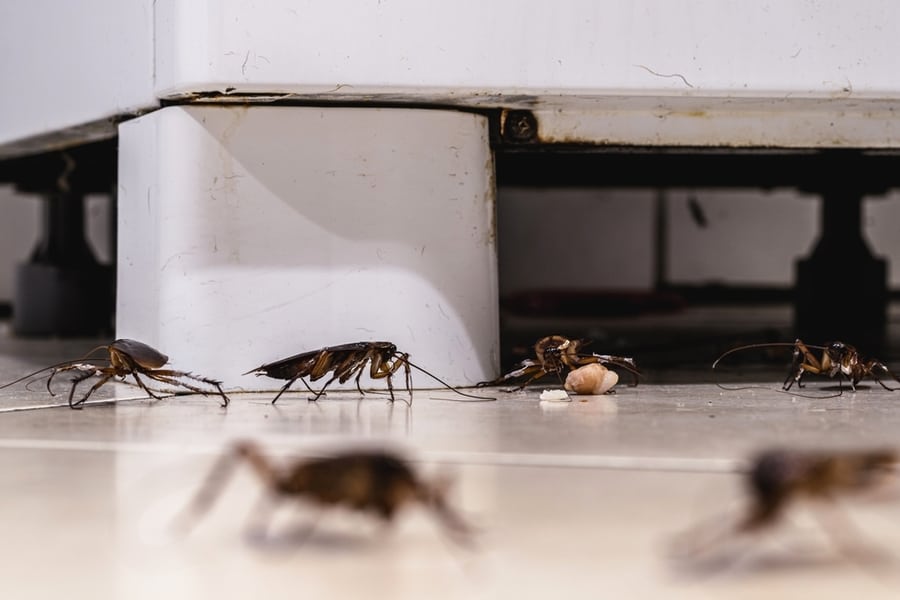
Conduct a thorough visual check on the refrigerator and surrounding areas to guarantee that your home is clear of cockroaches. Begin by pushing the fridge off the wall so you can easily reach the underneath, a popular hiding place for these pests.
If you spot any cockroaches while inspecting the area, take note of their physical features, including size, shape, pattern, and color. This information will assist you in identifying the type of cockroach you are faced with, enabling you to make accurate decisions about how to exterminate them efficiently.
2. Find Cockroach Nests
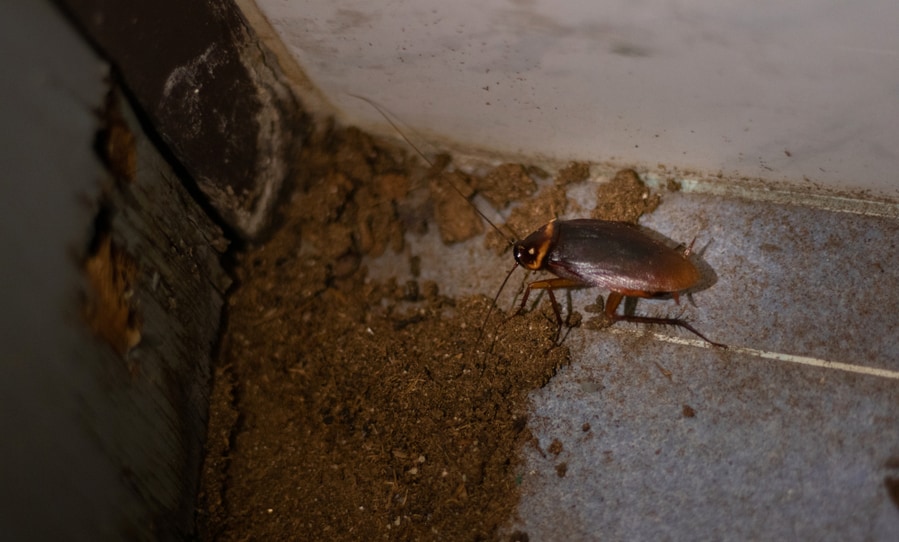
It is critical to precisely find the central breeding locations of cockroaches to combat an infestation effectively. These regions are often the source of the foulest odor and will demand particular attention in the cleanup process.
A flashlight to investigate potential nests like cracks, fissures, and other hidden spots within the area and crawl spaces helps identify these nests. In addition, cockroaches are attracted to dark, wet, and food-rich environments, making them more likely to be there.
A cockroach nest can be identified by mounds of dung, shed skins, living or dead roaches, and egg shells. If you’re still confused about the specific position of their nests, placing roach traps in several locations will assist you in discovering the regions where they most occupy.
3. Seal the Cracks

To ensure that your home is adequately insulated, evaluate the area around your refrigerator and the rest of your home. Look for cracks or openings wider than 1/8 inch and fix them with an appropriate caulking agent.
This will keep air from escaping your home and allow you to keep a comfortable temperature within. Looking for and plugging any holes around electrical outlets with caulk is also a good idea.
By correctly sealing these locations, you can lower energy expenses and enhance your home’s overall energy efficiency.
4. Disinfect and Clean the Area
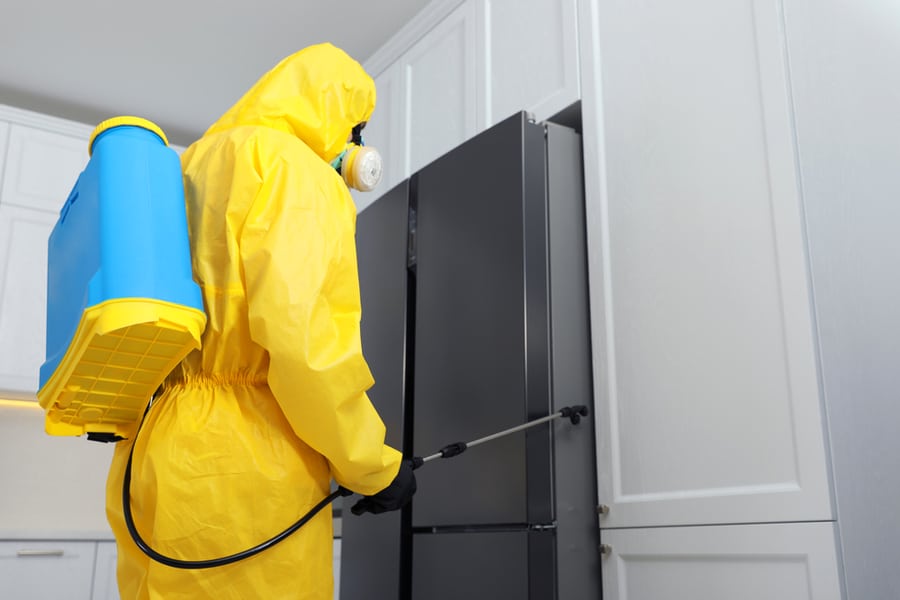
To properly deal with a cockroach infestation, you must first identify their habitat or the location where they lurk and breed. Once you’ve located their main base, spritz it with a disinfectant and allow it to sit for about ten minutes to let the disinfectant do its work. After 10 minutes, wipe the region dry with a clean cloth.
The next stage is to clean their nest carefully. Scrub the area with soap and water or a mild degreaser, being sure to get into all the corners and crevices where cockroaches might hide. Finally, spray the place with a disinfectant to destroy residual eggs and little cockroaches and help prevent future infestations.
It is crucial to remember that cockroach infestations can be stubborn, and you may have to perform these measures several times to eliminate them. However, with patience and the correct pest control treatments, you may regain control of the problem and permanently eliminate these pesky bugs.
5. Prepare a Roach Trap
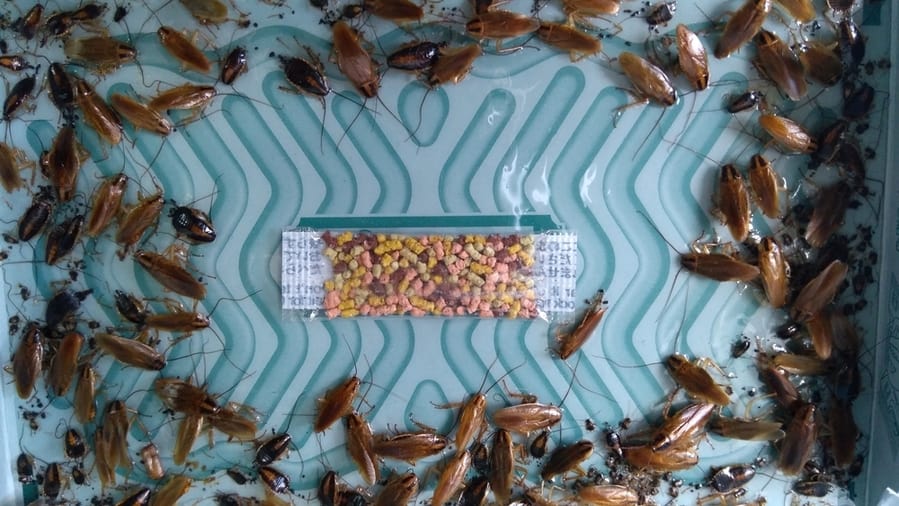
Once you’ve finished cleaning and care to remove cockroaches, start traps in regions where these bugs are expected. Concentrate on high-traffic locations and place a few surprises in each.
Using sticky traps to catch roaches is one of the most effective methods. These traps will securely grasp the bug immediately after its leg contacts the surface, giving an efficient and effective method to reduce the population.
Place a few traps around the refrigerator where you have recently spotted cockroach feces. This will assist you in keeping these pests out of your home and preventing them from spreading and causing further difficulties.
Conclusion
Finally, by learning what attracts roaches and methods for getting rid of them, you may easily eradicate the musty smell that accompanies high cockroach infestations in the home.
Frequently Asked Questions
What Do Cockroaches Despise?
Citrus, eucalyptus, lavender, and peppermint are all offensive to cockroaches, so they’re often used as natural deterrents. They also despise light and exposure.
As light-averse insects, cockroaches hide in dark, humid environments, so exposure to light is a significant stressor for them. They also avoid particular surfaces such as adhesive tape and cucumber skins because these can be unpleasant for cockroaches to crawl on due to their stickiness or rough texture.
How Can I Clean Cockroach Poop Easily?
To minimize potential health risks, clean up roach droppings immediately. Follow these steps to clear roach feces quickly:
- Protect yourself from allergens and pathogens by wearing gloves and a mask.
- Vacuum up stray droppings, and do not stir any dust that may contain roach allergies.
- Mix equal quantities of white vinegar and water.
- Wring out extra liquid with a cloth after dipping it into the solution.
- Wipe the affected area down with the cloth until the droppings are eliminated.
- Disinfect the area by spraying it with disinfectant or wiping it off with bleach.
- Allow the region to dry naturally, or use a clean towel to clean it.


